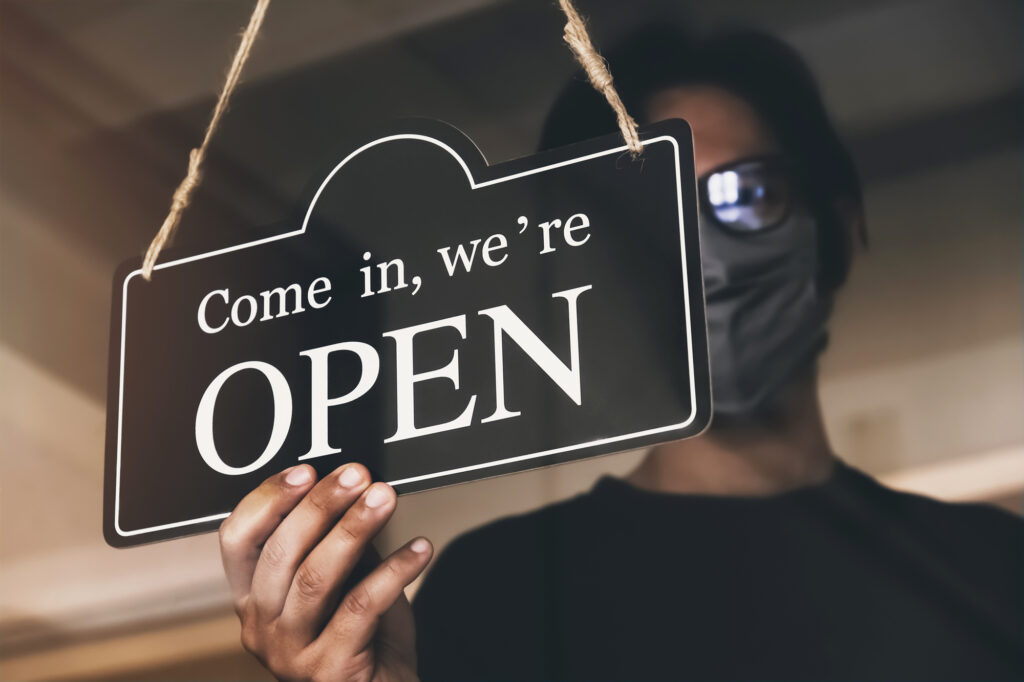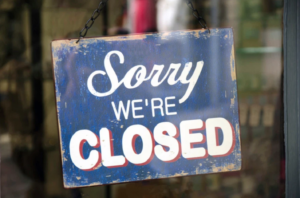Miamians ordering a meal through their favorite food delivery app may very well receive their next order from a robot at their doorstep thanks to Miami-based startup, REEF.
REEF, in partnership with robotic startup Cartken, has launched Miami’s first self-driving delivery robots. According to the press release, the robots’ mix of sensors and cameras helps them navigate through busy sidewalks and street crosswalks in Miami, as well as over steps and curbs.
As of now, the robots are delivering orders from REEF’s network of delivery-only restaurant brands (or commonly referred to as “ghost kitchens”) in the Downtown Miami area only. These restaurants include REEF’s Miami partner brands, including Della Bowls, Krispy Rice, Genuine Burger, Fuku, Mamma Parmigiana, BurgerFi, Michy B’s, Van Leeuwen, Sam’s Crispy Chicken, and more.
However, the company has a plan to expand to other neighborhoods in the next few weeks.
According to REEF, the robots can make deliveries throughout Downtown Miami in 30 minutes or less, and were developed to address the increased demand for delivery by leveraging zero-emission, contactless, last-mile automation technology.
Customers who order from a REEF partner brand using either Postmates, UberEats, DoorDash, or GrubHub may be prompted with the option of a robot delivery. When the robot arrives at a house or apartment building, it waits outside and sends a text message alerting the customer that the delivery has arrived, typically within 30 minutes or less. While it makes its delivery, the robot’s compartment is locked so that no one but the recipient can access the food.
“The robots were designed to make short-distance deliveries of small orders more efficient, all while helping to reduce road congestion and pollution. Long term, REEF and Cartken expect many new jobs to be created surrounding the maintenance and technology of the robots,” states the press release.
“Delivery continues to be the driving force behind supporting many of our beloved restaurants while staying safe during this pandemic. However, the rising demand for delivery has created a bottleneck during peak dining hours that slows efficiency,” says Matt Lindenberger, Chief Technology Officer at REEF. “We’re looking at our robot delivery service as a long-term solution that can advance the delivery ecosystem by offering speed, quality, and scale while reducing congestion and carbon emission.”
Furthermore, the initiative has even gotten praise from Miami’s own Mayor.
“We’re proud to be ground zero for this type of exciting and forward-thinking innovation that will help reduce congestion and carbon emissions–not just in Miami, but cities around the world,” says City of Miami Mayor Francis Suarez.

:strip_exif(true):strip_icc(true):no_upscale(true):quality(65)/cloudfront-us-east-1.images.arcpublishing.com/gmg/C2Y7RU2LFVGCTB2AT3KJDOBRXQ.jpg)







